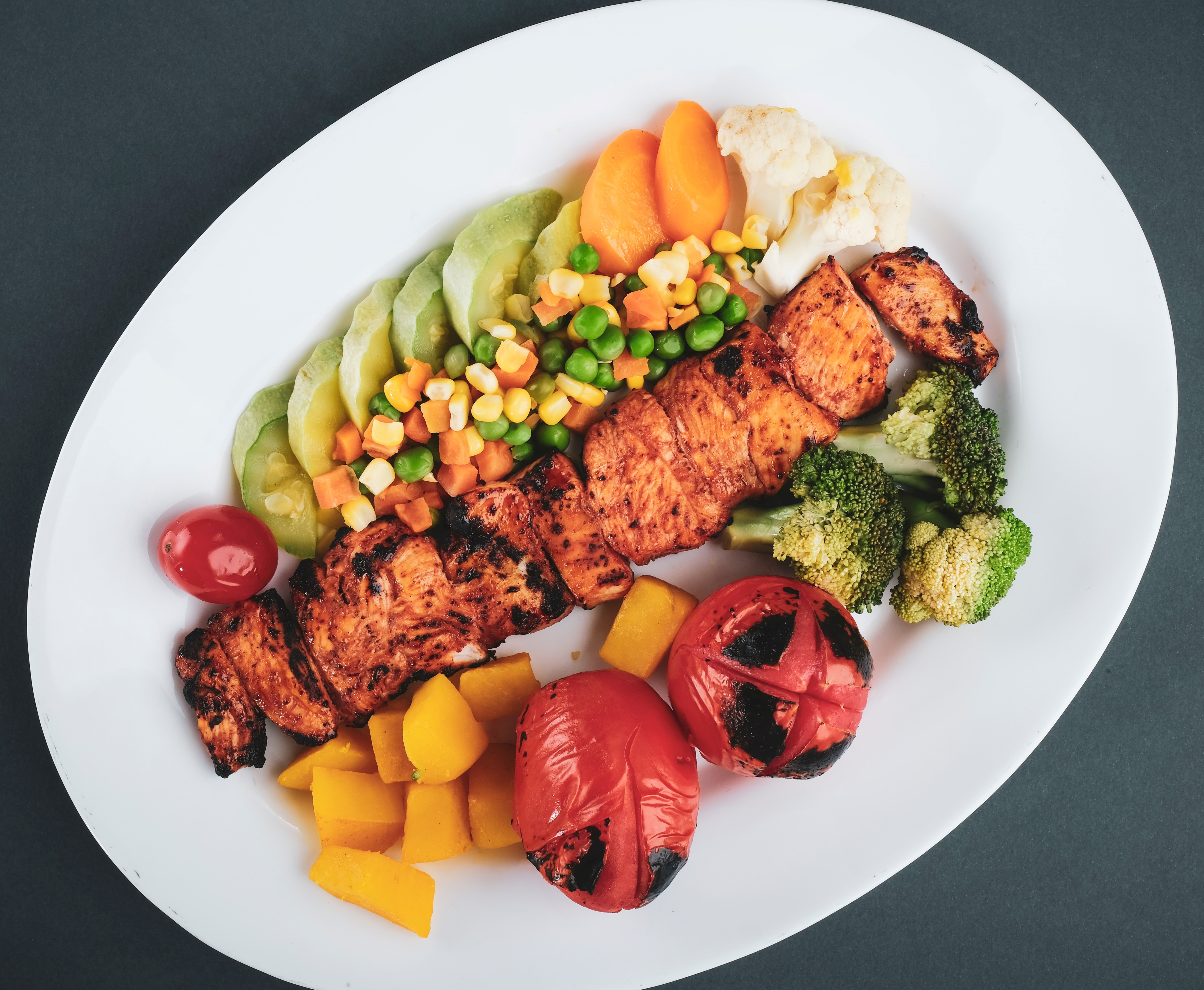10 Top Tips for Portion Control

A key part of maintaining a healthy lifestyle is making sure you eat healthy foods in quantities that the body requires- and not overeating.
Making these diet changes also does not mean you have to feel hungry. Understanding portions means knowing how much to eat to feel satisfied and stay energized until your next meal.
A portion controlled plate include half non-starchy vegetables, a quarter quality protein, a quarter complex carbohydrates and small serving of healthy fats.
Portion control doesn’t mean counting calories, instead, focusing on eating a balanced diet containing a range of carbohydrates, proteins and healthy fats is an effective way to ensure you are eating the right types and amount of foods.
In the Kenya National Strategic Plan for prevention and control of Non-Communicable Diseases (NCDs) 2021/22-2025/26, NCDs account for 39% of deaths annually with diabetes being one of them. The other major NCDs are cardiovascular diseases, Cancers and Chronic Respiratory Diseases. According to the report, overweight and obesity are major risk factors; with 17.5% for men and 38.5% for women being overweight and 4.7% of men and 13.7% of women being obese respectively.
How much you eat is just as important as what you eat.
Tips for Better Portion Control
- Stay Hydrated
When you’re thirsty, it’s easy to overeat. Taking several sips of water before a meal can keep the body from misinterpreting thirst cues for hunger. Staying hydrated between meals might also reduce the need for snacks.
- Schedule your Meals
Schedule your meals in intervals of 2.5 to 3 hours (breakfast, snack, lunch, snack, dinner). When you wait until you’re very hungry, there is a tendency to over eat.
- Use your Hands as a Serving Guide.
You can estimate a portion size based on your hand size: Your palm is the size of a portion of good quality protein; Your fist is approximately the size of a portion of vegetables; Your cupped hand indicates a portion of carbohydrates; A portion of healthy fats should be the size of your thumb
- Use a Smaller Plate
A standard-sized portion will look small on a larger plate, making you feel dissatisfied. Use a smaller plate to prevent overloading. In some of our communities, food is served in large platters or bowls making it impossible to limit the amount of food to eat.
- Fill your Plate Once
Having shared plates on the table and buffet-style dining make it easy to continue filling your plate with the food that is available, and it can become easy to lose track of how much you’ve eaten. When you serve yourself a meal, use a dinner plate and only fill it once, keeping your food proportions in mind to ensure you have included enough variety from each food group.
- Eat Slowly and Mindfully
Eating mindfully can help you to recognize when you’re feeling satisfied so you know when to stop eating. Mindful eating involves removing distractions, such as the TV and mobile phone. Slow down your eating by putting down your cutlery or sipping water between mouthfuls. This allows time for your body to give you feedback and let you know if you’re actually full.
- Avoid Eating Out of the Box or Bag
Eating such things as popcorn, nuts, cookies or pretzels out of the box makes it too easy to lose track of how much you are eating. It’s always best to put the appropriate amount on a plate, in a bowl or simply in your hand and put the rest away for another day.
- Browse the Buffet Before You Choose Your Food
You can portion the kinds of foods you eat more carefully if you know what is available. Take a stroll around the buffet or dinner table before you serve yourself and decide the combination of carbohydrates, proteins, fats and vegetables you’re going to serve in your plate. Start serving the vegetables.
- Portion Control when Eating Out
Many restaurants serve more food than one person needs at one meal. Take control of the amount of food that ends up on your plate by splitting an entrée with a friend, or order half a portion, or you could ask for a ‘take-away’ box and wrap up half of it. Or you could eat a healthy appetizer and soup or salad instead of an entrée.
- Make Healthy Food Choices
Sticking primarily to healthy food options helps ensure that your nutrition needs are met without adding extra calories and fat. Another example of making healthier food choices is that eating a piece of fruit is better than drinking a glass of fruit juice. A piece of fruit supplies fiber that is lacking in juice, helping clients stay fuller longer. Plus, some of the fruit’s nutrients can be lost when turning it into juice.
Portion control improves your quality of life by ensuring you are full and not overstuffed and may prevent bingeing.
Large portion sizes may result to excess fat accumulation and unwanted weight gain.
These simple changes help in reducing portions without compromising on feelings of fullness.
https://www.cdc.gov/healthyweight/healthy_eating/portion_size.html



